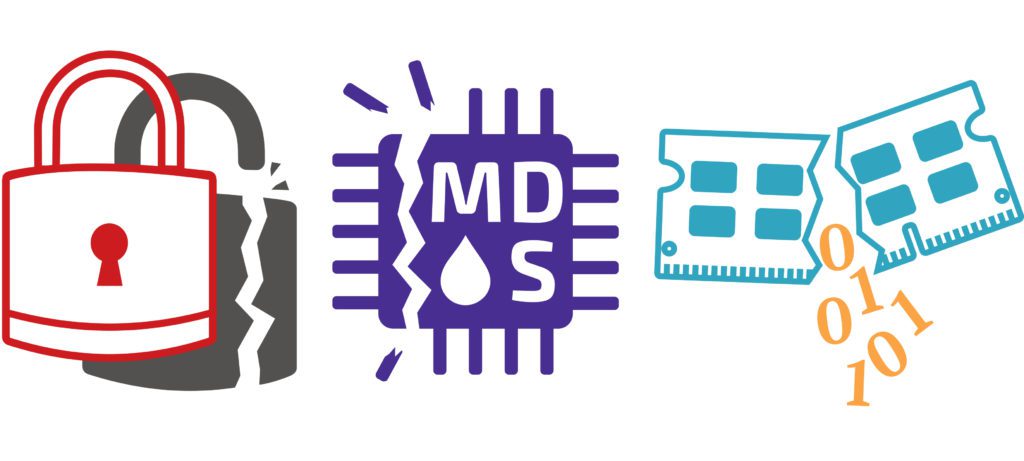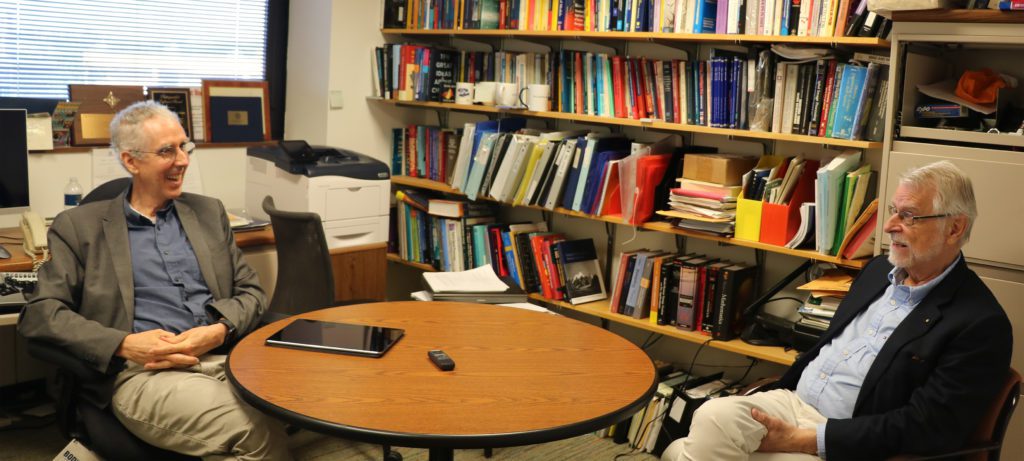Proof-of-concept service will gather systematic, real-world data to put users first.
The post An inclusive autonomous shuttle for those with physical disabilities appeared first on Michigan Engineering News.
Proof-of-concept service will gather systematic, real-world data to put users first.
The post An inclusive autonomous shuttle for those with physical disabilities appeared first on Michigan Engineering News.

All three of these attacks put users’ privacy at risk, exploiting new routes to sensitive data.
New space will support experiential learning and collaboration opportunities for students.
The post Regents approve first floor renovations in Biomedical Engineering building appeared first on Michigan Engineering News.

Researchers designed three new systems to speed up code at several key bottlenecks.
A look at Michigan Engineering’s leading role in space and aerospace in the last century.
The post Defining the past, propelling the future appeared first on Engineering Research News.
Low-cost sensors could one day enable patients to log exercise and track progress in a smartphone app
The post Kirigami sensor patch for shoulders could improve injury recovery, athletic training appeared first on Michigan Engineering News.
Nuclear energy and nuclear nonproliferation would both benefit from a faster, easier way to measure what proportion of uranium atoms can split.
The post Using lasers to measure uranium enrichment appeared first on Michigan Engineering News.

Prof. Ahmadi will investigate promising new materials needed for an increasingly electrified world

The Michigan Daily profiles Professors David Blaauw and Dennis Sylvester, who are this year’s recipients of the 2019 Distinguished University Innovator Award.

Hero and Lindquist took a few minutes to talk about the impact of machine learning on Signal Processing and Control Systems, and what they plan to do about it